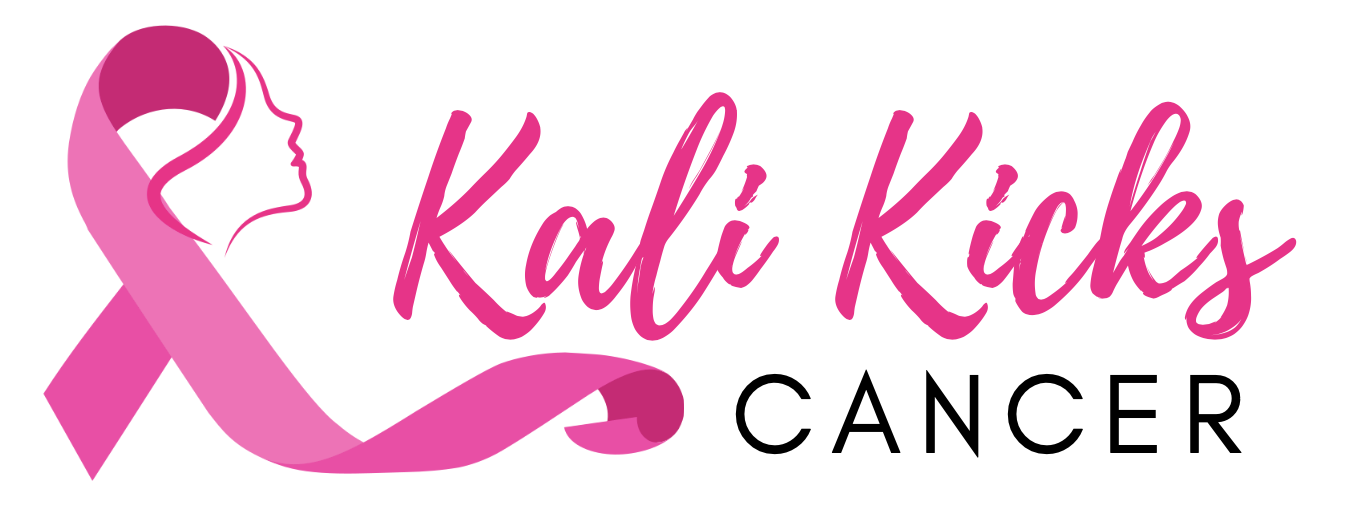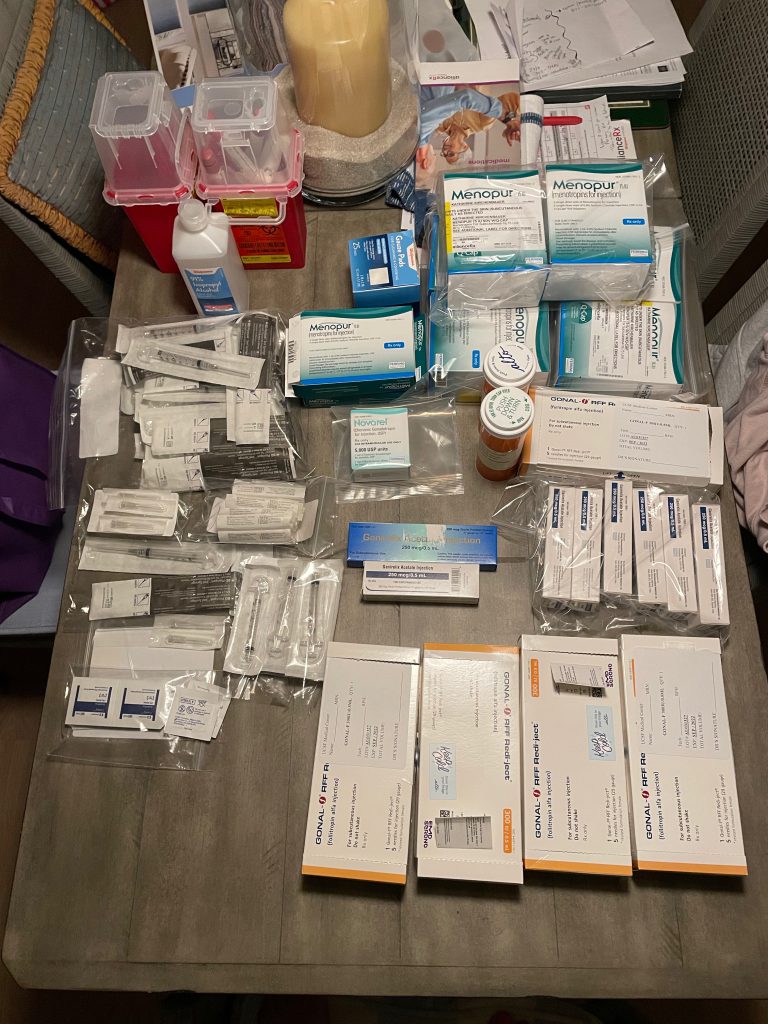In my previous post, I shared that I decided to go through fertility preservation and egg retrieval. After much discussion with my oncology team and Dr Rosen (Director of the Fertility Preservation Clinic at UCSF), I made the decision to go through the process. This would give me the opportunity to have biological children even if the chemotherapy and needed treatment forces my body into a more permanent state of menopause.
There are a lot of drugs and procedures used during this phase. I have provided links to allow you to go deeper on topics that may be of greater interest to you as well as to provide valuable resources for future reference.
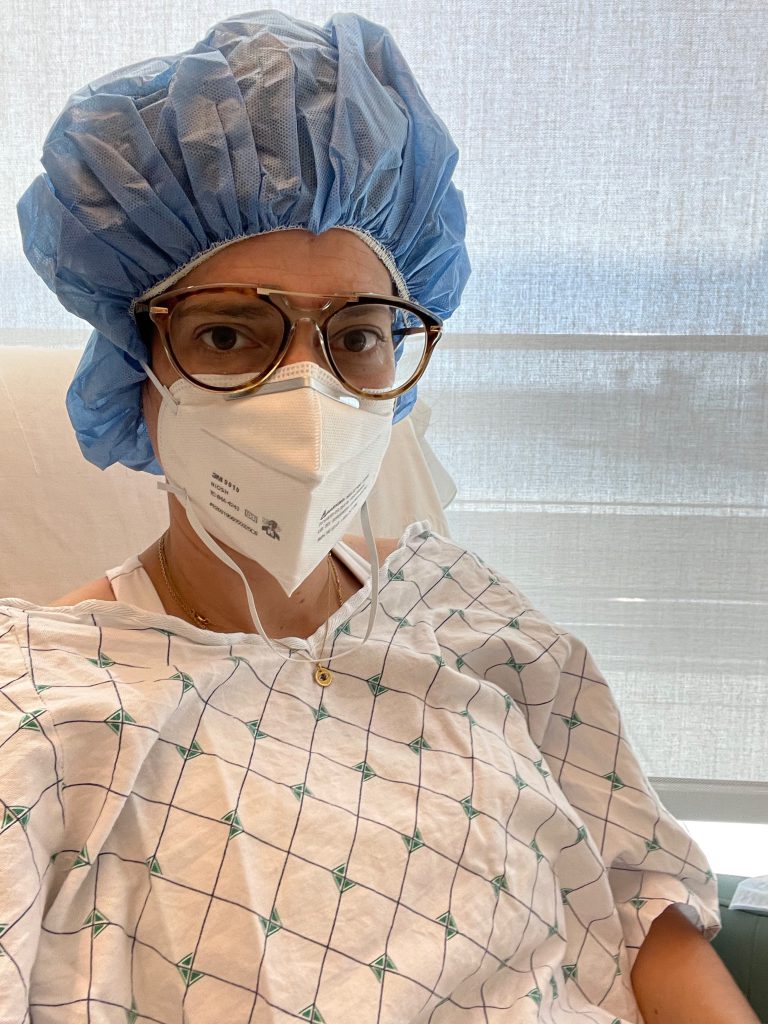
Preparing for Retrieval:
The side effects of the fertility medications finally subsided, and/or my body adjusted to all the changes. The next step for me was to be under tighter monitoring and go in daily for blood tests and inter-uteral ultrasounds.
The team uses a tool called a Transducer, which is shaped like a wand and inserted into the vagina; the Cleveland Clinic has an excellent article about Transvaginal Ultrasound. This tool uses sound waves that create images of your ovaries and pelvic organs, and shows how the eggs/follicles are forming prior to retrieval.
Blood tests are another way the doctors monitor your response to the ovarian stimulation medications. Estrogen levels typically increase during this process as the follicles develop. The idea of my estrogen levels increasing was scary for me as my tumor was estrogen positive and I did not want to risk the tumor size increasing or the cancer spreading during this process. The team was very clear, however, that this process would not cause the cancer to become worse. I tried to stay focused on this process and was eager to get it over with and move onto my cancer treatment.
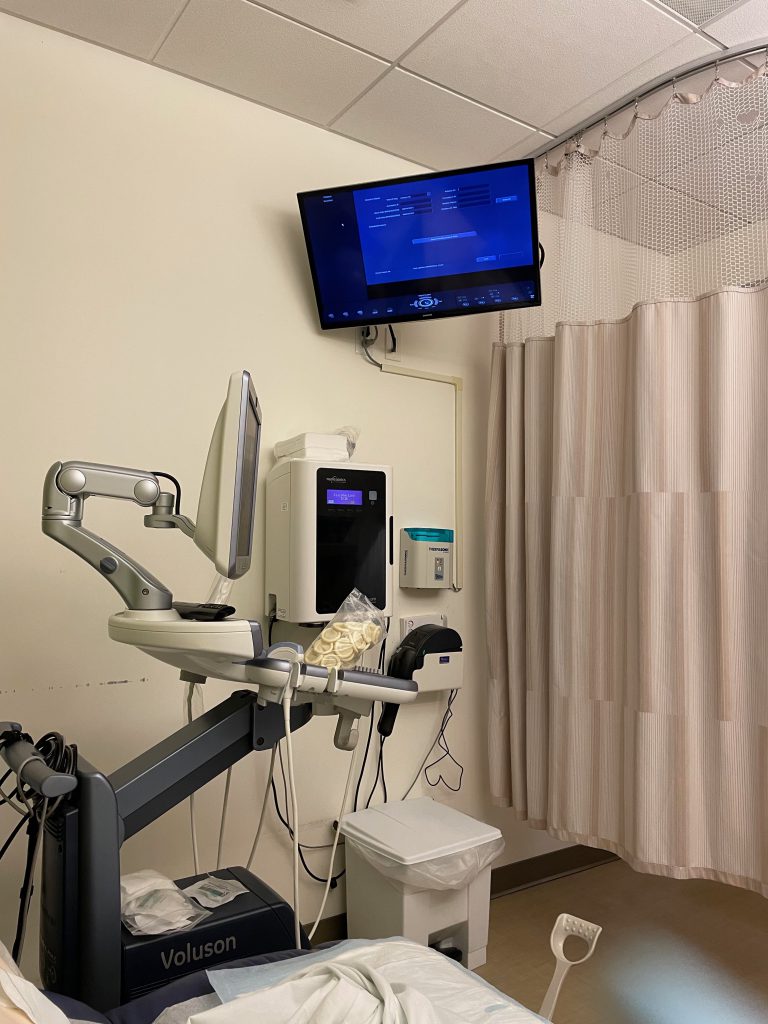
Before the Retrieval;
For a week prior to retrieval, the medications were also altered as my estrogen levels changed. I continued giving myself 3 shots a day (1 in the AM, 2 in the evening) and taking 3 of the estrogen blocking pills.
The medications I was injecting were called Gonal and Menopour, and the pill was Letrozole. Once my levels were optimal, I had to give myself another shot, called the “trigger” injection, typically the night before retrieval.
The name of my trigger injection medication was Novarel. This injection is very time sensitive and has be given exactly 36 hours prior to the egg retrieval. The role of the trigger shot is to send the eggs into a state of reproductive cell division called meiosis or maturation division.
The shot contains human chorionic gonadotropin (hCG), which sends the signal for the follicles to rupture and release an egg. The timing is crucial because it determines the quality of the eggs that are retrieved and the outcome of the process. If you are late in giving yourself the trigger injection, you may have to reschedule the retrieval procedure. Here is a link to learn more about the trigger shot.
Here is a link to learn more about the medications and the process of egg retrieval.
Fertility Preservation was Intense for me
As I mentioned in my last blog post, this process was very intense for me and brought my cancer diagnosis to life. Most of the medications are not typically covered by insurance as fertility treatments are considered “non-essential” medical care. However, as mentioned before, California (and I suspect other states) has recently passed a bill to cover these expenses for people with cancer. You can read more about Senate Bill 600 here.
Since I was on such a tight schedule (with limited time before initial chemo), getting the needed medications was more important than getting approval from the insurance company. We decided to pay for the drugs out-of-pocket and go back and fight for reimbursement later.

Retrieval Procedure
It was a huge relief when the egg retrieval process was complete. The egg retrieval was performed on the afternoon of Wednesday August 12th. The actual retrieval procedure was easy.
I went into the procedure chatting with the nurses and doctors and fell asleep at some point for the short 15-30 minute procedure and woke up in recovery looking over the SF bay. The recovery room had the best view of San Francisco; you can see one of the pictures below. I have learned to enjoy the small pieces of joy throughout this experience.
The Retrieval Results
I had very minor cramping when I woke up and then felt fine the rest of the day. They were able to retrieve a total of 10 eggs, but one was not viable, so 9 were frozen.
That is not a lot, but it is sure better than none. I will have to pay an annual fee to keep the eggs frozen in a lab until I chose to use them or donate them for research.
As part of the process I had to complete a 10 page consent document. You have to decide what to do with them if something should happen before you are able to use them, so I decided to donate them to research if that should happen. Having to decide what to do with my eggs should anything happen to me was a little daunting.
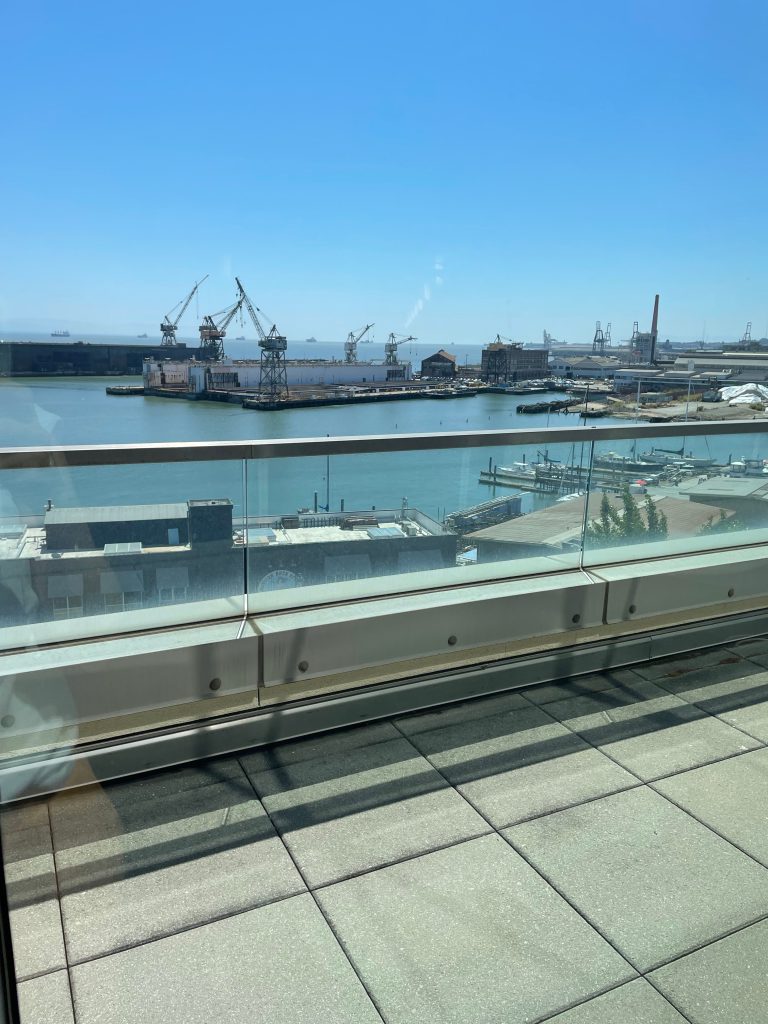
Coming Up:
My next blog post will discuss my breast cancer treatment starting with chemotherapy. In that process, I decided to do a “Cold Cap” procedure, which is a fairly new method of preserving the hair follicles and hopefully limiting the amount of hair loss. I’ll explain that in future blog posts.
Thank you for following along on my journey.
